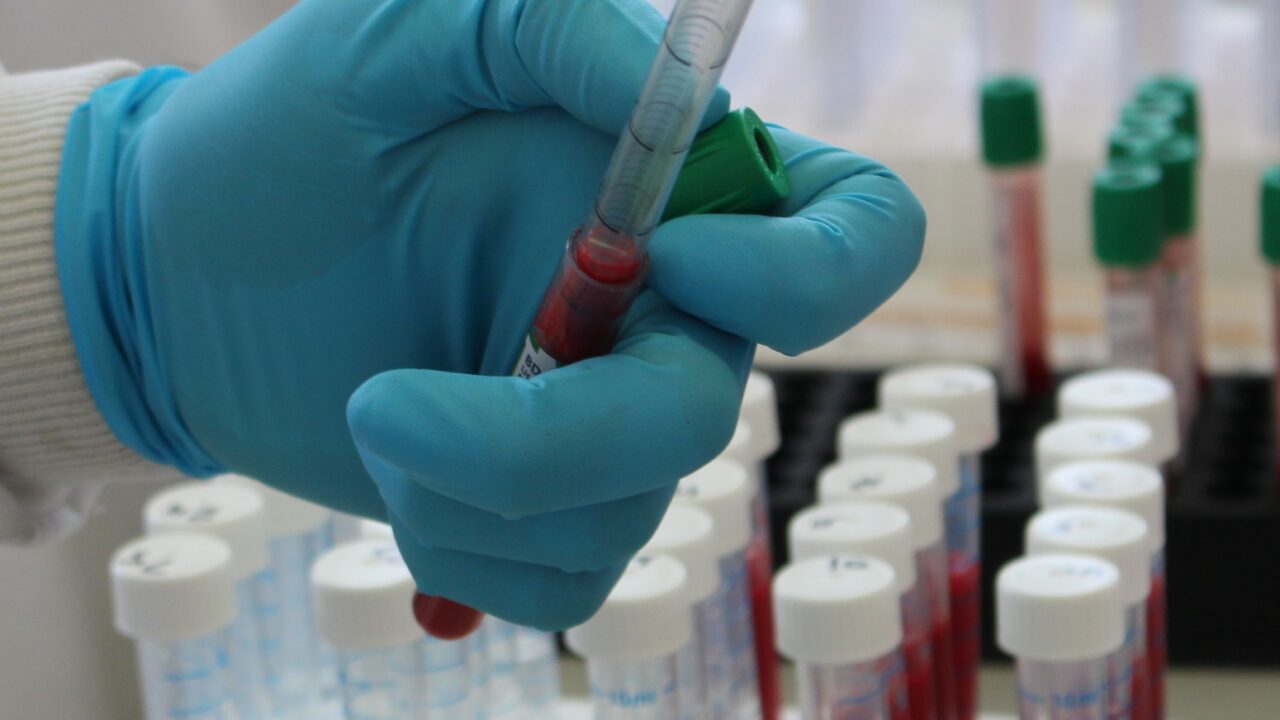Scientists have used advanced techniques to identify around 11 main TB strains in Northern Ireland.
While the disease – which has reached crisis point in the region – continues to spread, researchers at the Agri-Food and Biosciences Institute (AFBI) have been able to identify hotspot areas for each strain of the disease.
TB continues to cost Northern Ireland millions, with compensation costs last year expected to have reached £24 million (€27.17 million) – almost double the amount paid out just four years ago.
However, it comes as the department makes controversial proposals to cut TB compensation – something the UFU has branded “legalised theft”.
Mapping
Researchers used high resolution molecular genotyping techniques to identify the different strains of the infection in cattle.
It has led to the routine use of strain typing as a surveillance and outbreak investigation tool; plus the application of interferon gamma as a supplementary test in TB control.
Strain typing allows researchers to measure the impact of animal movements and help them identify how the disease has entered infected herds.
Research
Further research is also expected to show whether there is a connection between the disease in cattle and wildlife populations.
Many argue that wildlife intervention is the only way to make in-roads into controlling the disease. However, department plans to survey badger setts in the region have come under criticism from animal rights charity Ulster Wildlife.
A study carried out by AFBI of badgers killed on the road found the prevalence of bovine TB in badgers was 17%.
The study also found a higher proportion of herds within 3km of a positive carcass had TB compared to those within 3km of a negative carcass and the difference was statistically significant.
Rising levels
Maps have become an important tool in identifying trends in bovine TB. A heat map produced by the department below shows the areas where the most reactors had been found in 2015.
Incidence rates hit their highest level in more than a decade – hitting 9.47% in October; the last month for which figures have been made available.
The 12-month rolling figure for herd incidence measures the proportion of herds tested that reacted with the test.
It’s the highest the measure has reached since January 2004.
The latest figures show the proportion of herds that are officially TB free has also dropped to its lowest level in at more than five years.



